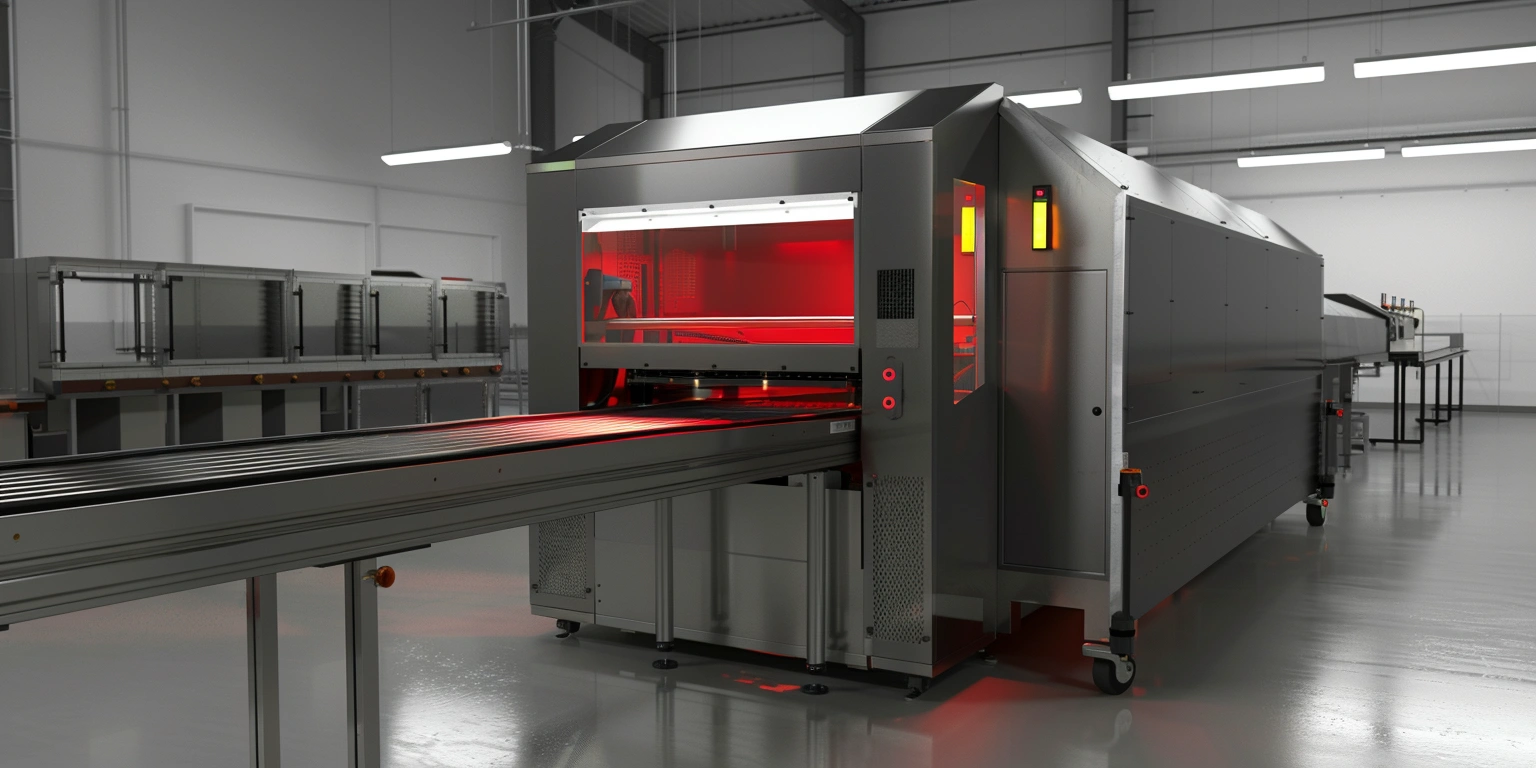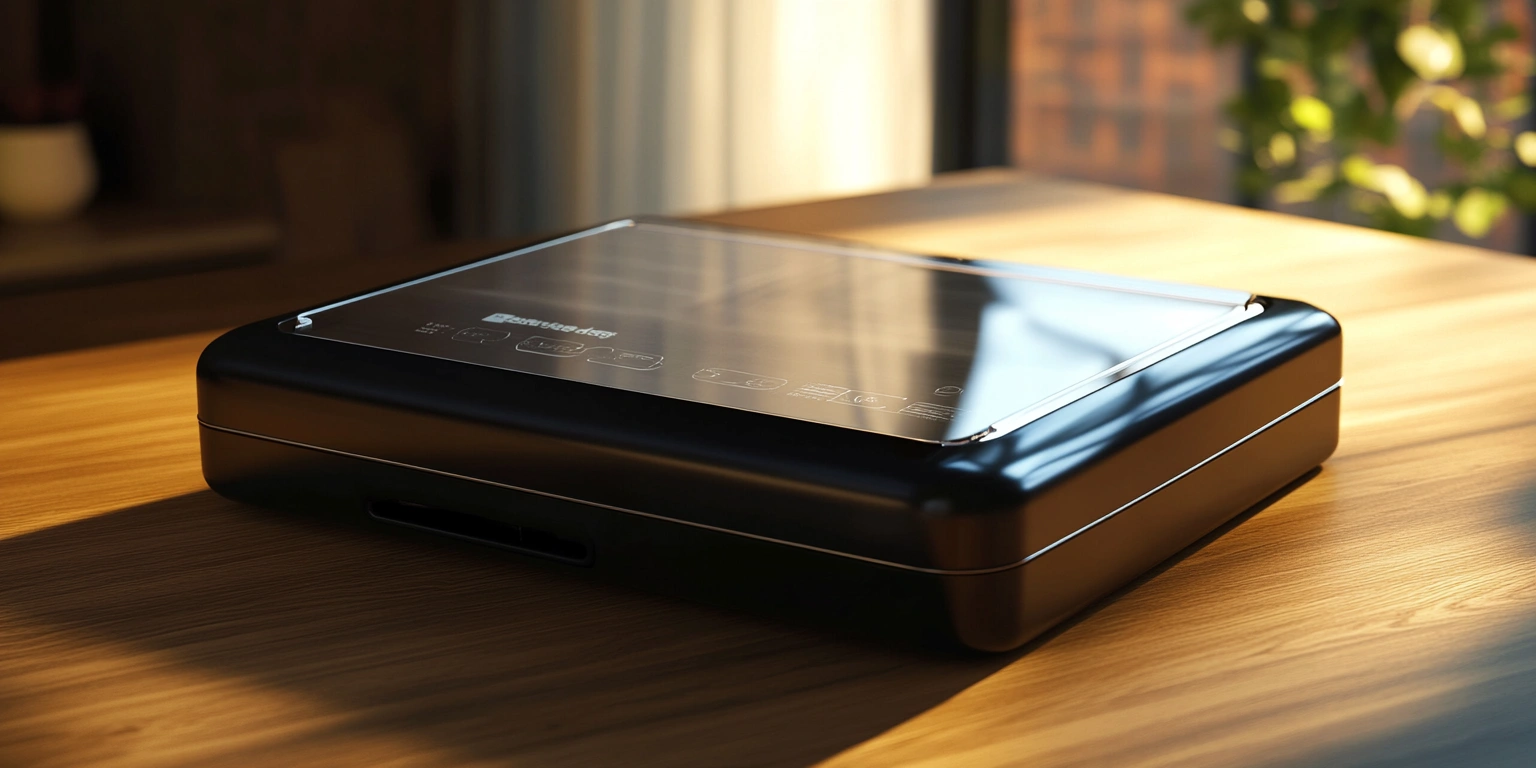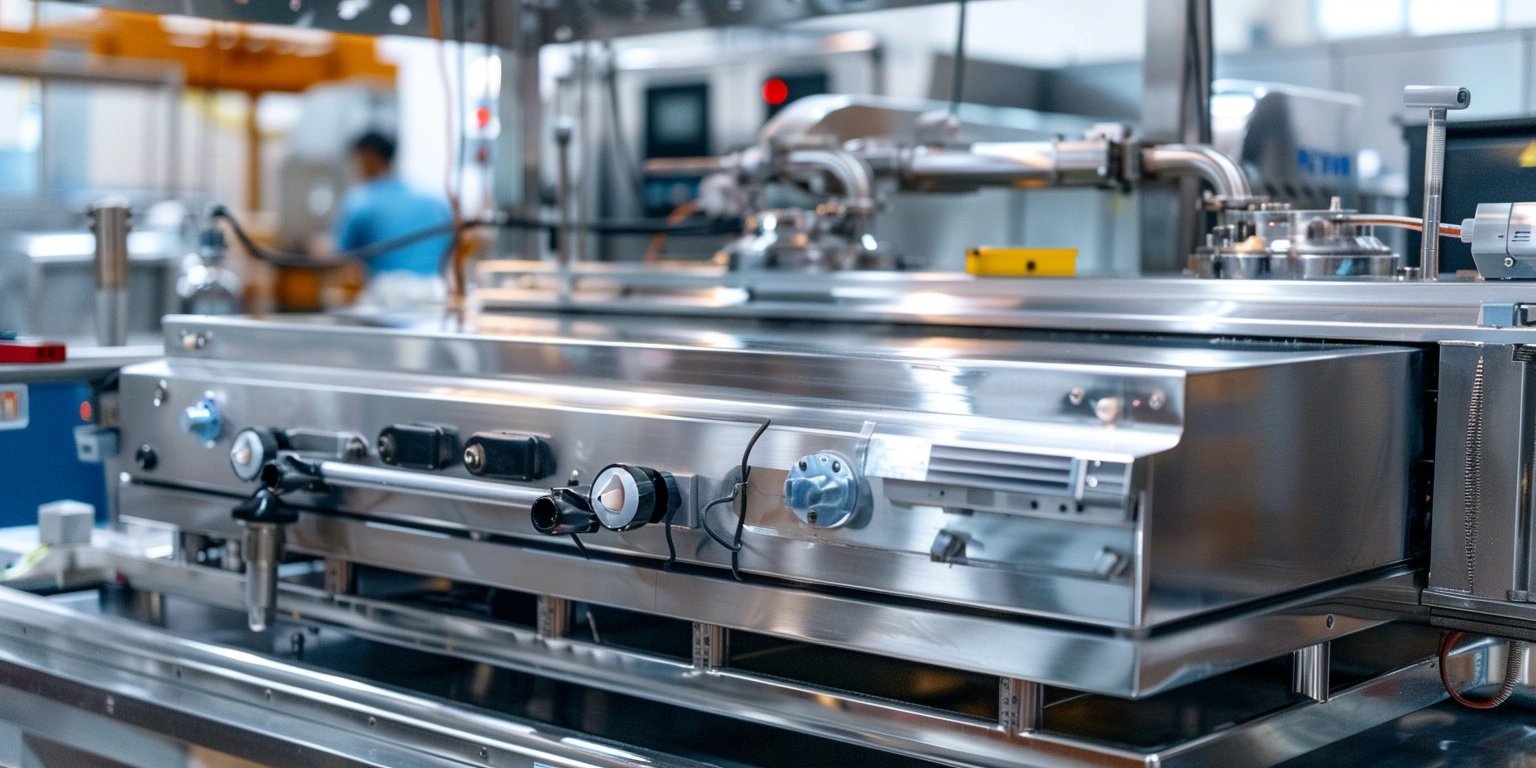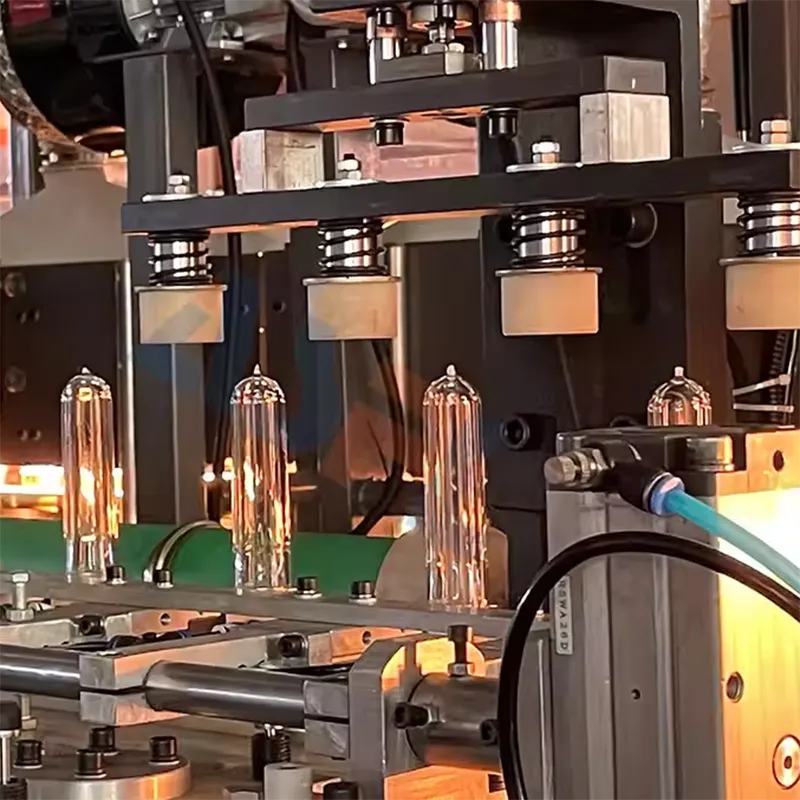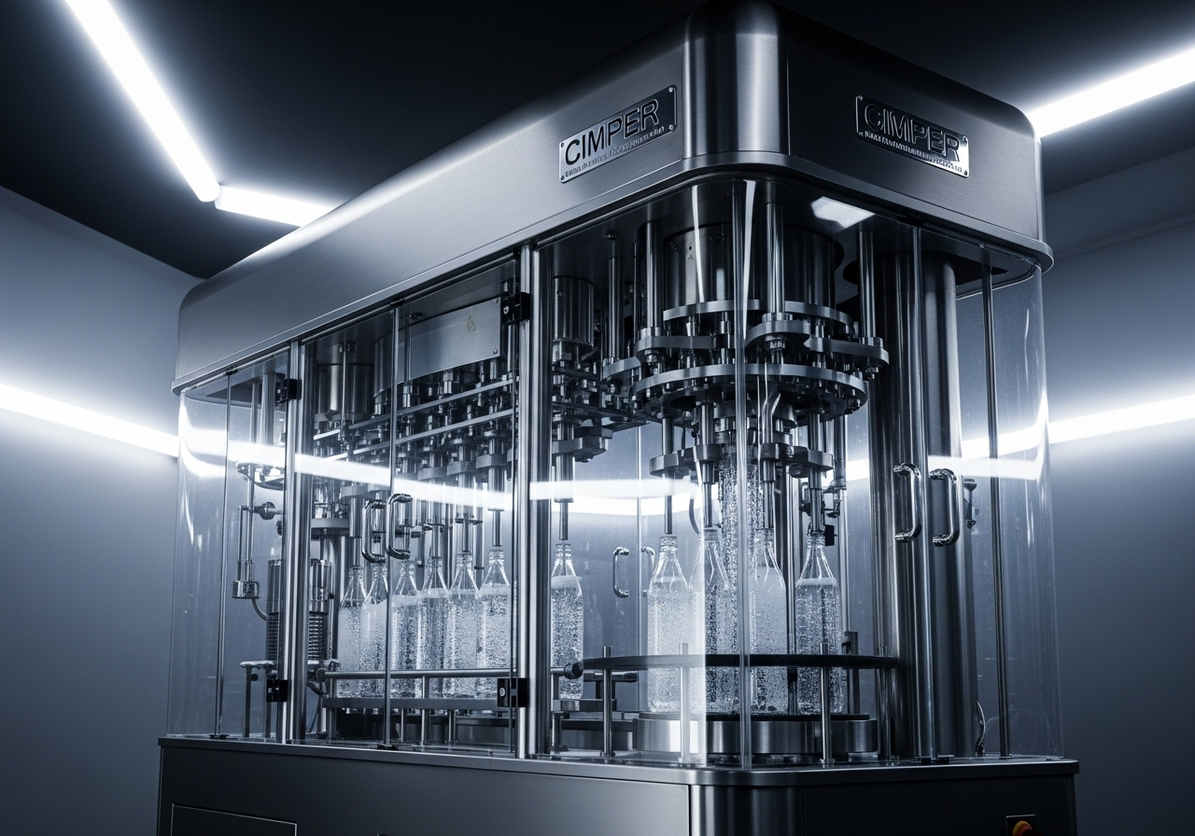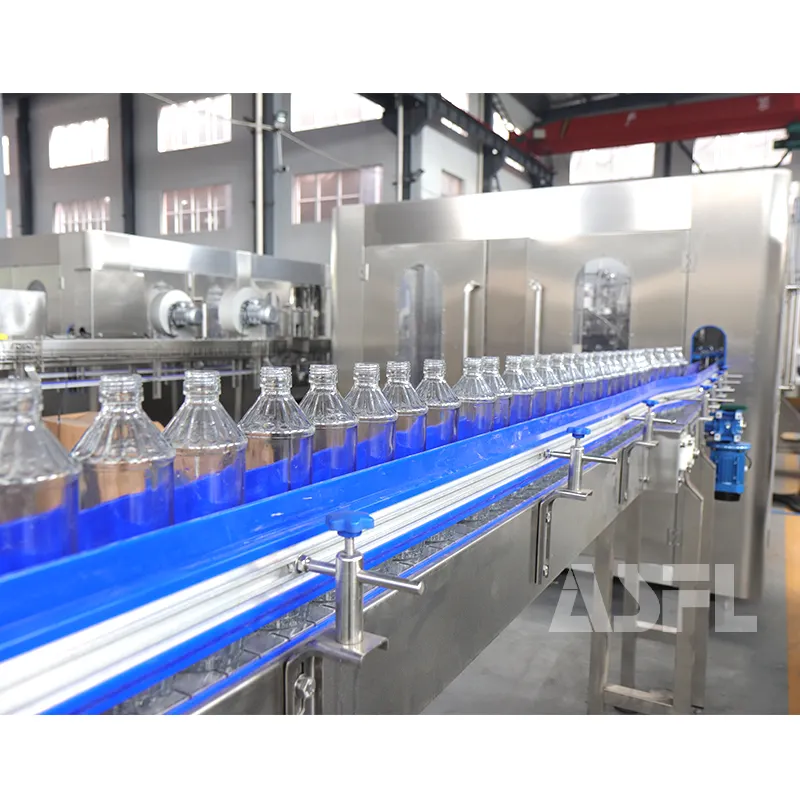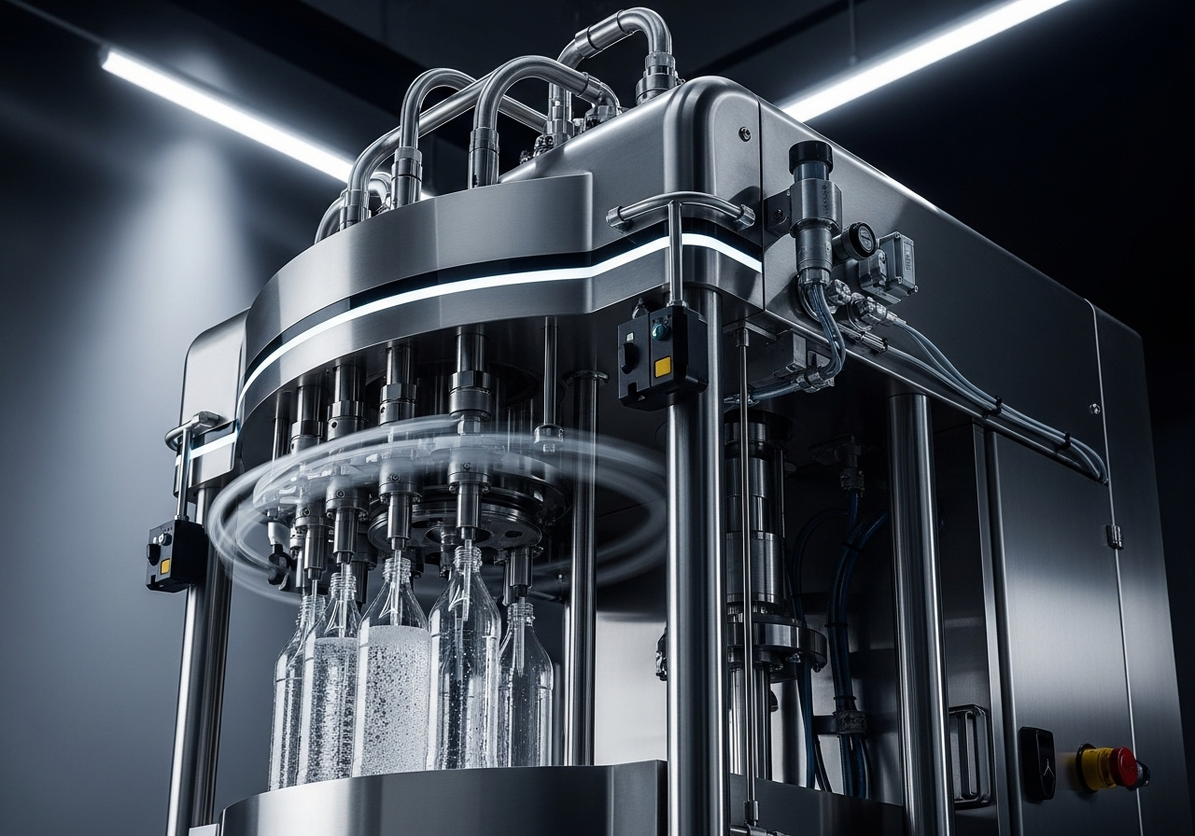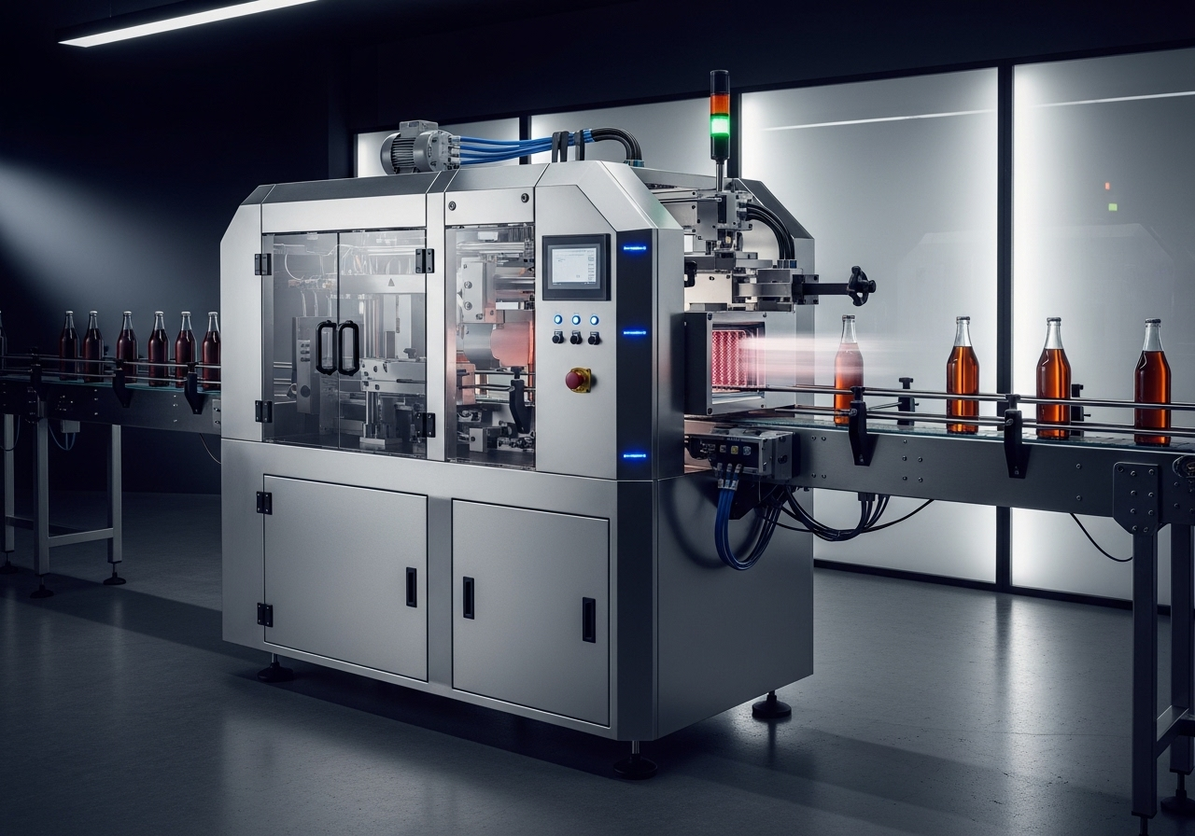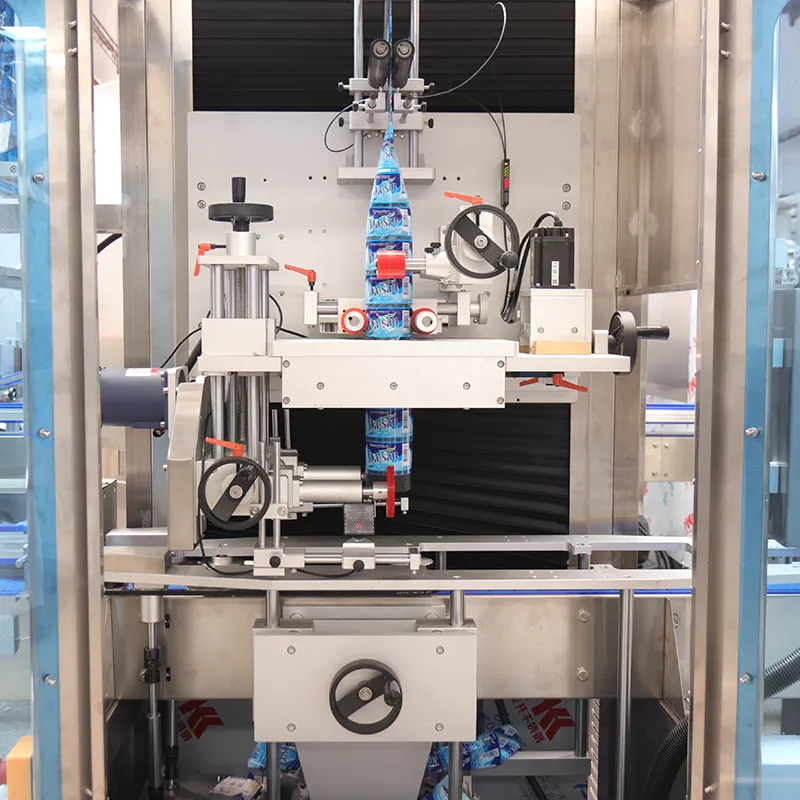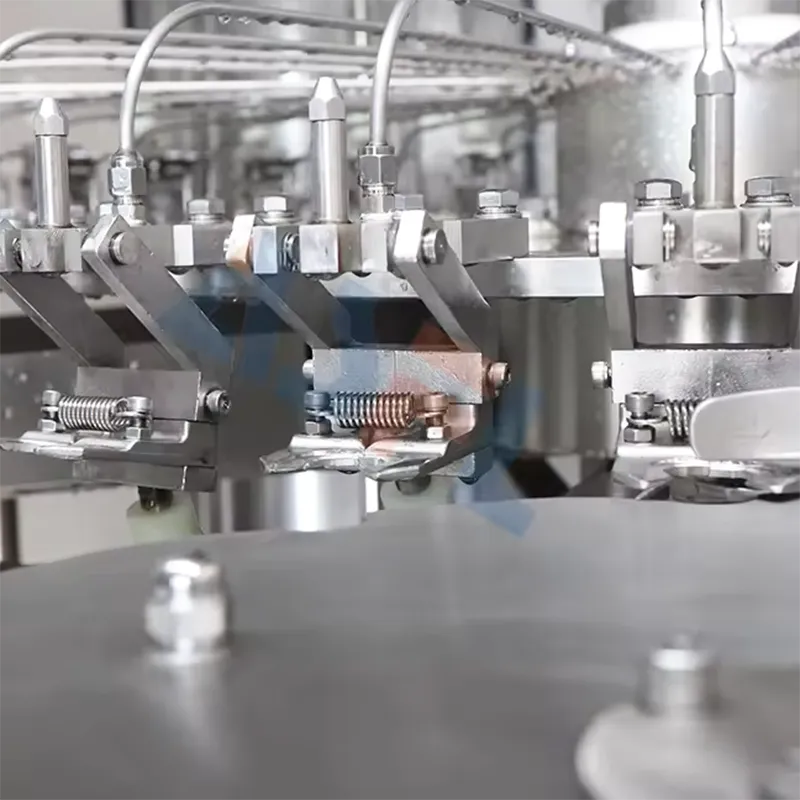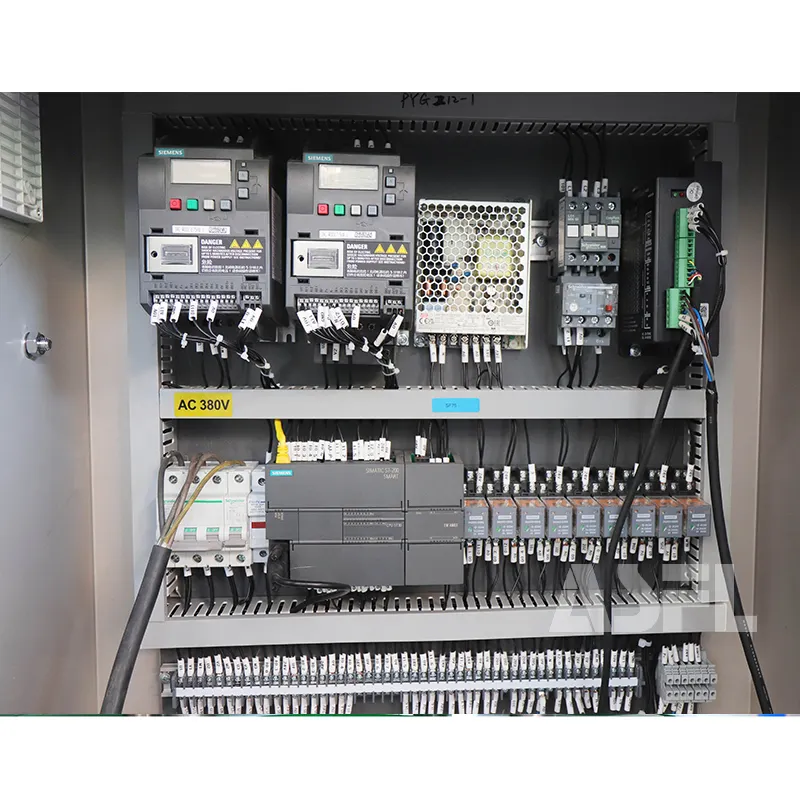“We have ten days until the audit, and our first‑pass yield is stuck in the low 90s,” the operations director at a mid‑market meal‑prep brand in Central Europe told me over coffee. I’m the QC lead, so that number—91–93% FPY—lands squarely on my desk. Our biggest headache? Vacuum seals that looked fine at handover, then failed under chill chain conditions.
We weren’t short on effort. The team had tried swapping bag lots and tweaking heat settings mid‑shift. It felt reactive, not controlled. We needed traceability, stable parameters, and a training approach operators could trust.
We set a simple goal: lift FPY by several points and cut post‑pack rework to a manageable band, while getting audit‑ready. **ASFL** became the anchor: not just the device label, but a framework—recipes, logs, and a sealing method we could defend with numbers.
Challenges Before Implementation
Our baseline wasn’t catastrophic, but the pattern was stubborn. Rework hovered around 8–10% on busy weeks, mainly due to micro‑leaks found in chill cabinets a day later. Customer returns tied to seal failures sat at roughly 2–3% of shipments, with spikes after weekend runs. For a brand that leans on subscription boxes, those leak complaints hurt.
The root causes weren’t a single villain. Mixed bag thicknesses, varied product moisture, and uneven operator technique created a perfect storm. We were trialing a vacuum mason jar sealer for short runs of sauces and pickles, but the jars reacted differently to vacuum hold than pouches, and our settings weren’t logged consistently. Traceability gaps made it hard to explain outliers during internal reviews.
Compliance pressure added urgency. The last internal audit flagged three nonconformities linked to calibration and documentation. On the floor, we measured 12–15 micro‑leaks per 1,000 packs in some SKUs, especially leafy salads with residual moisture. To complicate things, we had started testing reusable vacuum sealer bags for sustainability; seal times drifted when thickness varied, and the inconsistency showed up in FPY.
Project Timeline and Milestones?
Month 1 (March): We mapped the sealing workflow and wrote down what people actually did, not just what SOPs claimed. The team ran a full week with fixed settings and daily leak tests. Baseline: FPY at 91–93%, rework at 8–10%, and leak complaints creeping into 2–3% of boxes.
Month 2–3: We piloted recipe locks and operator prompts. First attempt stumbled—one SKU with higher moisture saw false seals rise to about 6–7%. The turning point came when we introduced a pre‑seal drain step and extended vacuum hold by 0.2–0.3 seconds on that SKU. By end of Month 3, rework bands started sliding toward 6–7%.
Month 4–6: Training and validation. Three short training sessions (45–60 minutes each) focused on bag laydown and cooling time. Daily spot checks were shifted to a timed window post‑pack. FPY nudged into the 95–97% range on stable SKUs, while rework settled closer to 4–6%. Leak complaints fell below 1–2% as a steady state. The external audit in Month 6 passed without findings on sealing or documentation.
Solution Overview
We standardized around an ASFL‑anchored method: recipe management with documented heat bands, hold times, and vacuum levels per SKU. For two lines we validated the vavsea ASFL vacuum sealerealer models our team had on hand, then aligned settings across pouches and jars. Typical ranges: seal bar temperature in the 120–130°C band, vacuum at −70 to −80 kPa, and a hold of 0.8–1.2 seconds. Cooling time became a formal parameter instead of a tribal habit—especially important for herb‑rich salads.
Material control mattered. We locked approved pouch specs and cataloged compatibility for the food storage bags ASFL vacuum sealerealer listing so procurement wouldn’t mix lots without QC sign‑off. Recipes lived in the HMI, and we printed batch‑level logs for traceability. It wasn’t perfect—thicker reusable bags needed separate recipes—but it gave us numbers and a story we could defend.
Performance Validation Challenges
The validation bumps were real. Condensation during rapid chilling created edge‑wetting that masked weak seals. We added a 20–30 second pre‑chill drain step on moisture‑heavy SKUs and saw false seals drop noticeably. Another snag: jars sealed differently than pouches; we set a dedicated recipe for jar runs and moved them to a quiet corner to avoid operator rush during peak hours.
Operators asked about sanitation: “how to clean foodsaver vacuum sealer” came up in training because some staff used home devices off‑shift. The answer we formalized: unplug first; remove drip tray; wipe the seal bar and gasket with mild detergent; rinse with a food‑safe cloth; dry; then run a short vacuum cycle with an empty pouch to clear residues. We locked a weekly deep‑clean slot—10–12 minutes per unit—and documented it in the batch pack.
Our final verification included 24‑hour retention tests in chilled conditions and random drawdowns. Acceptance hovered around 98% on the targeted SKUs. Not every line hit the same bands; a sauce line remained sensitive to fill variation, and we accepted a slightly wider FPY range there. Still, the audit passed, returns stayed low, and the team trusted the numbers. The steady SOPs—and the discipline around **ASFL** recipes and logs—made the difference we could live with.


